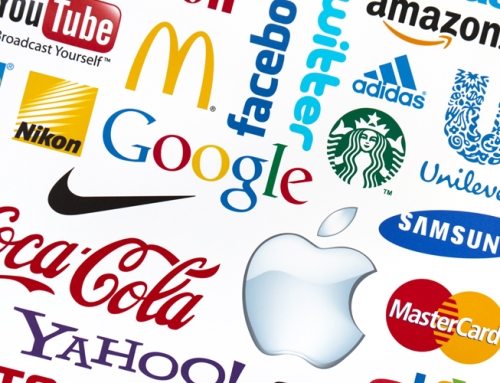For many companies, participation in trade shows devours a healthy portion of the total marketing budget. But as with so many other aspects of business, what matters isn’t how much you spend — it’s how intelligently you spend it.
After each year’s show, many companies conclude that they could have had better results if only they had a larger booth, brought more staff, offered better trinkets…the list goes on.
Instead of simply recommending budget increases, we’ve encouraged clients to approach trade shows more strategically. Take one of our clients who had followed that “bigger is better” approach. His company first exhibited at his industry’s major show from a small booth. The next time, they went a little larger, and by the time we were working with them, they were spending $50,000 to have a large booth.
Was it worth the money? I asked the client how many more leads he received with the $50,000 booth. When he looked at the numbers, there was no increase. I then asked him, “How does that make you feel?,” and he responded, “It makes me want to throw up.”
His story isn’t unusual. We’ve seen it time and time again. Companies invest a significant amount of money in trade shows, only to come away with disappointing returns. They know they have to participate in the shows — their absence would be noticed by competitors, who might start whispers about the company’s viability — but they wished they had a real, measurable return.
At the next show, we helped them boost their trade show ROI by taking advantage of digital technology. As with most trade shows, visitors to their booth had cards that would be scanned. Instead of waiting to follow-up with attendees months down the road, we downloaded the list of the day’s visitors that evening and immediately sent them a personalized email thanking them for the visit. The email told them we’d follow up in three weeks, once they got back to their normal routine, and encouraged them to call if they needed help more quickly. The sales staff’s names and contact information were at the bottom. That led to warm sales calls, and of course, we added all the visitors to the prospect database.
A little ingenuity helped another client make a big splash at their industry’s three-day trade show without having any booth space. Rather than use the budget to rent a few square feet on the crowded exposition floor, the company sent all of its employees to attend the show. They were assigned days and shifts, dressed in identical logo shirts, and told to walk around, visit all the other booths, and have friendly chats with as many attendees as possible. By the end of the show, prospective customers were asking where the company’s booth was. They had seen the employees so many times that they assumed this smaller company was a huge player.
Another client wondered if a particular show would be a worthwhile investment, and we suggested they try it from the outside in. They chose a member of their sales team and sent him to the show. His job was to meet and greet as many people as possible, get a sense of the traffic flow, and look at name badges to see whether the average attendee was someone the client needed to reach. For the cost of one admission and one employee’s travel and lodging — far less than the investment needed for a booth and a complete team to staff it — they gained plenty of valuable insight, and more than a few new contacts.
Often, shows provide low- or no-cost opportunities for promotion. One show had a daily publication that was given to all attendees. By buying an ad in the publication, the client received a free advertorial and a description of the company and its products. Some visitors told us they came to the booth because they saw that write-up. At another, the show’s producer developed a hashtag for the show, and ran a live Twitter feed on a highly visible electronic screen. We sent a continuous stream of tweets detailing what was happening at the show with that hashtag and our client’s name.
Trade shows can be a great way to get visibility from your industry’s leaders and your key prospects, or they can be a great way to pour a lot of money down the drain. It all depends on how much brainpower you’re willing to apply.
Deborah Daily is co-owner of Buckaroo Marketing | New Media.
Published: April 26, 2018
Website Link: Inside Indiana Business – 04-26-2018
PDF Version: Inside Indiana Business – 04-26-2018 (PDF Format)






